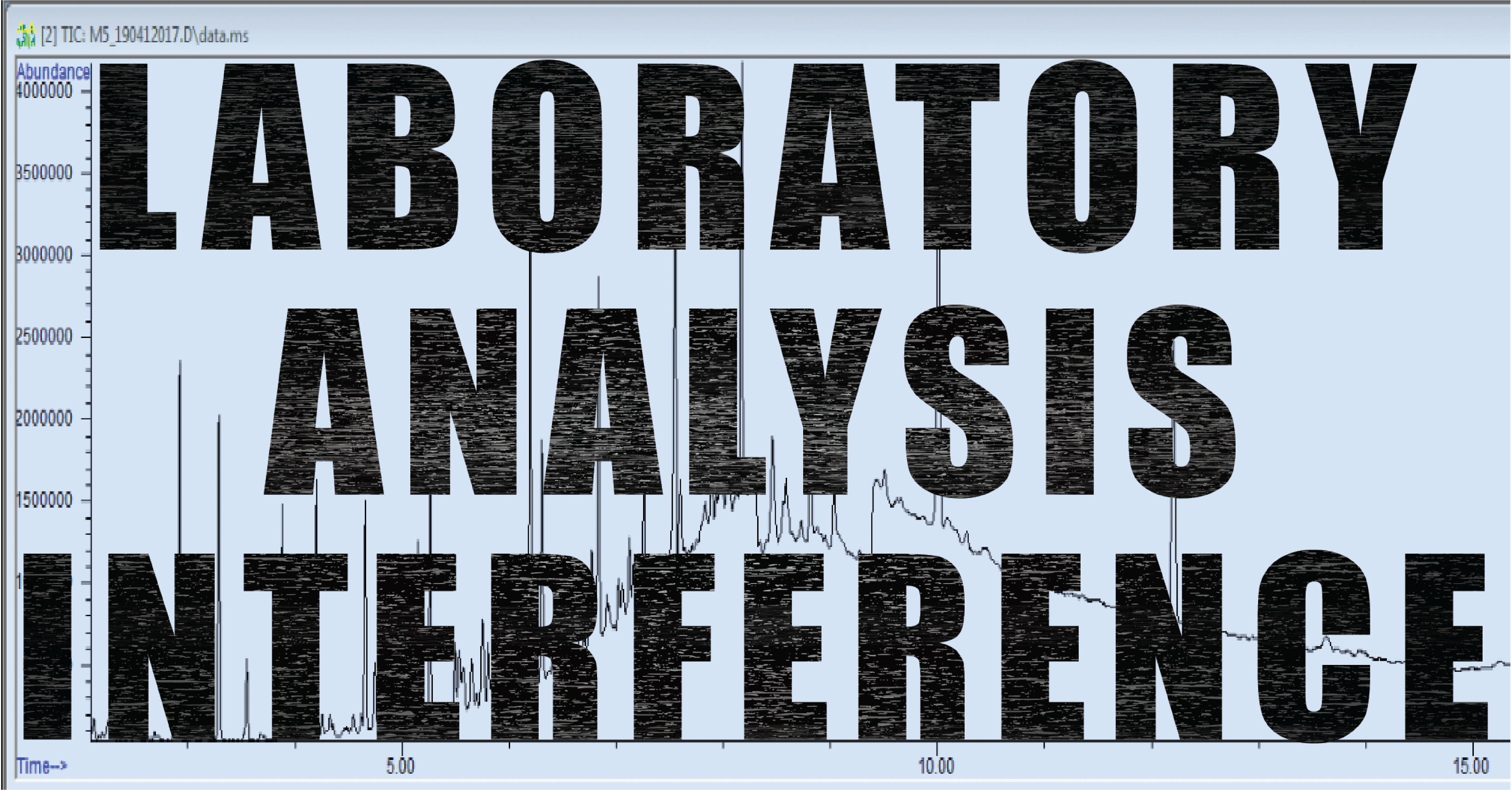Laboratory Analysis Interference – Part 1

In this three-part series, we will describe some common interferences our laboratory analysts encounter that may explain why some of your data has, for example, higher reporting limits or qualifiers.
Laboratory Analysis Interference, also referred to as matrix interference, occurs when non-target analytes or physical/chemical characteristics of a sample prevent quantification of the analytes of interest. This can cause increased uncertainty in the result reported to the client. Sometimes, additional preparation and/or analysis is unavoidable to mitigate the effects of the interference and obtain usable data. Ultimately, analysis interference can have a dramatic impact on your data and may be difficult to clarify, resolve and understand.
Part 1: VOCs and Foaming
How it Happens
The sample’s introduction to the analytical system involves purging the analytes of interest from the liquid by bubbling a gas through the sample. If the sample contains compounds that act as foaming reagents or surfactants (ie: soap), this process can produce foam. Large amounts of foam can overflow past the purging vessel and cause damage to the instrumentation. This damage requires maintenance and recalibration and will result in an inability to obtain valid results.
How to Overcome and Data Impact

The only way to really overcome this scenario is to dilute the sample. However, this will elevate reporting limits for all analytes. For example, a normal reporting limit may be 0.0005 mg/L, but with a 100-time dilution, the reporting limit would be 0.0500 mg/L. Multiple analyses may also result in unforeseen extensions of turnaround times and additional analytical costs.
Avoid costly resampling due to lack of lab communication or partnership oversights. Choose our team of highly dedicated professionals for your next project. Contact our team for more information.
